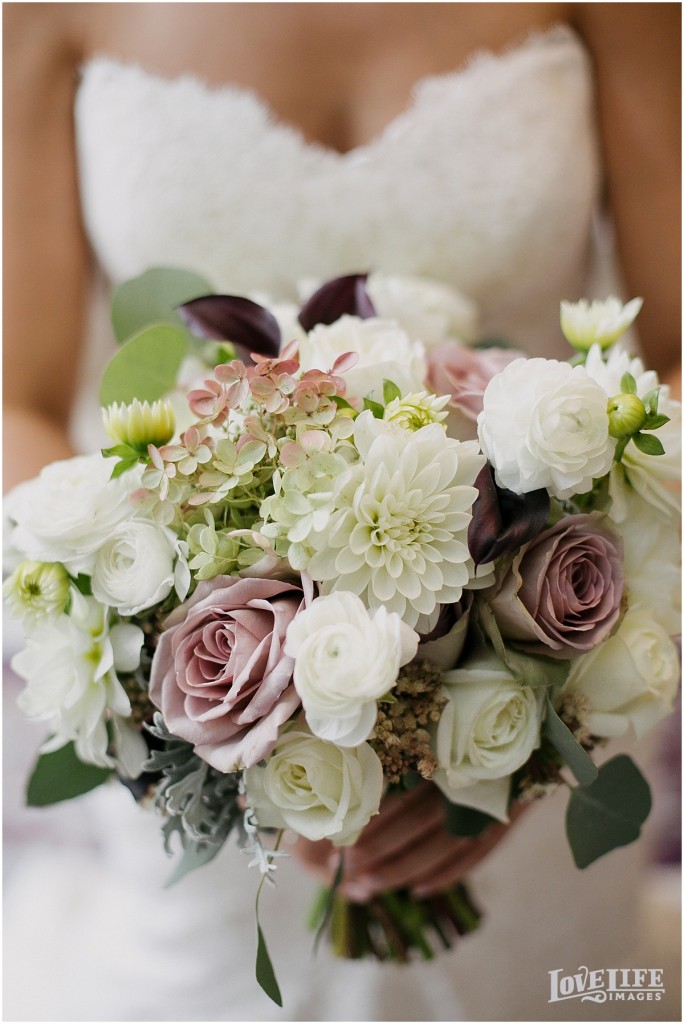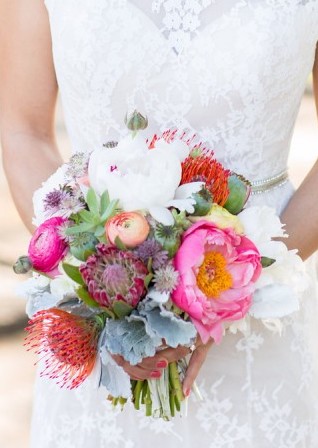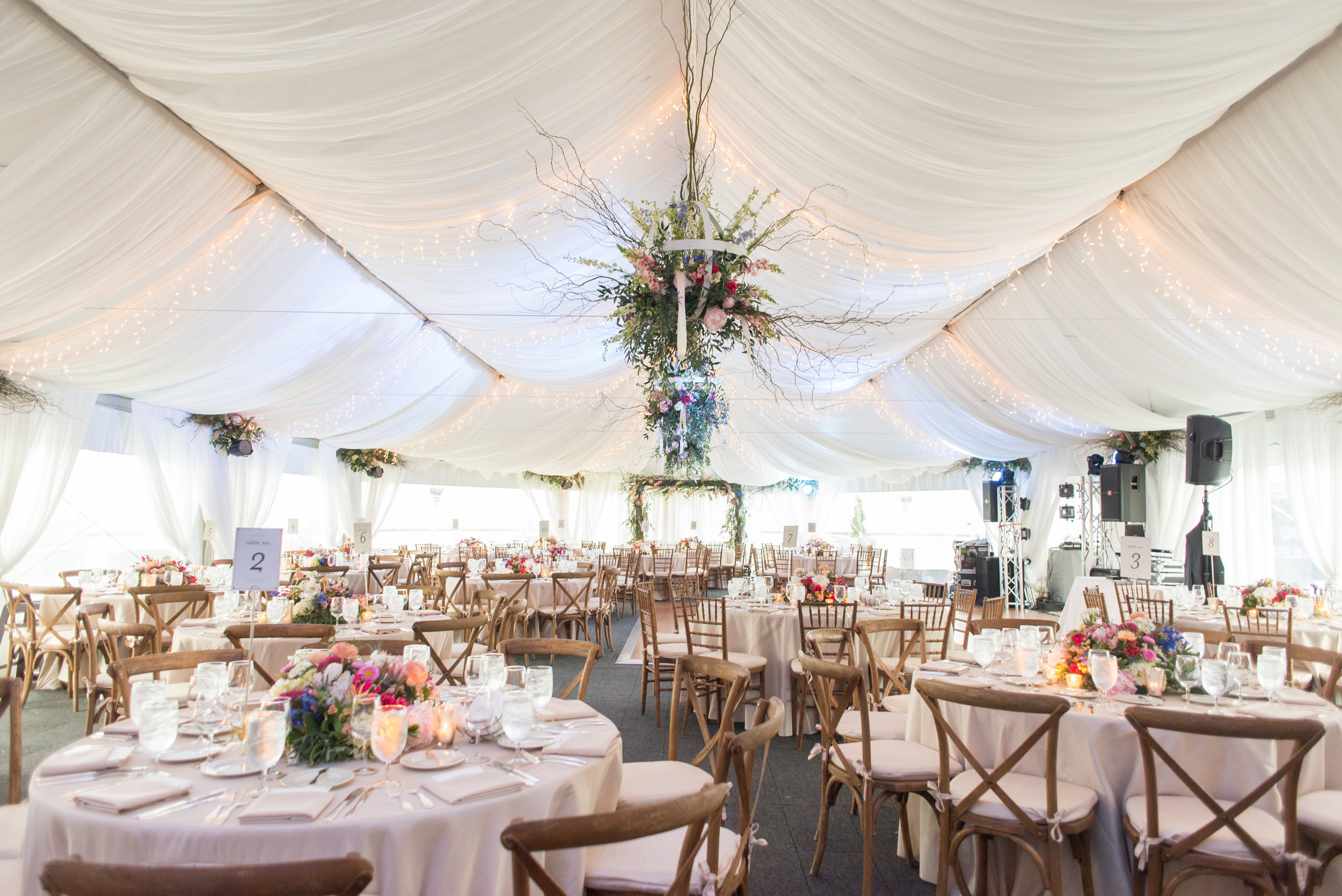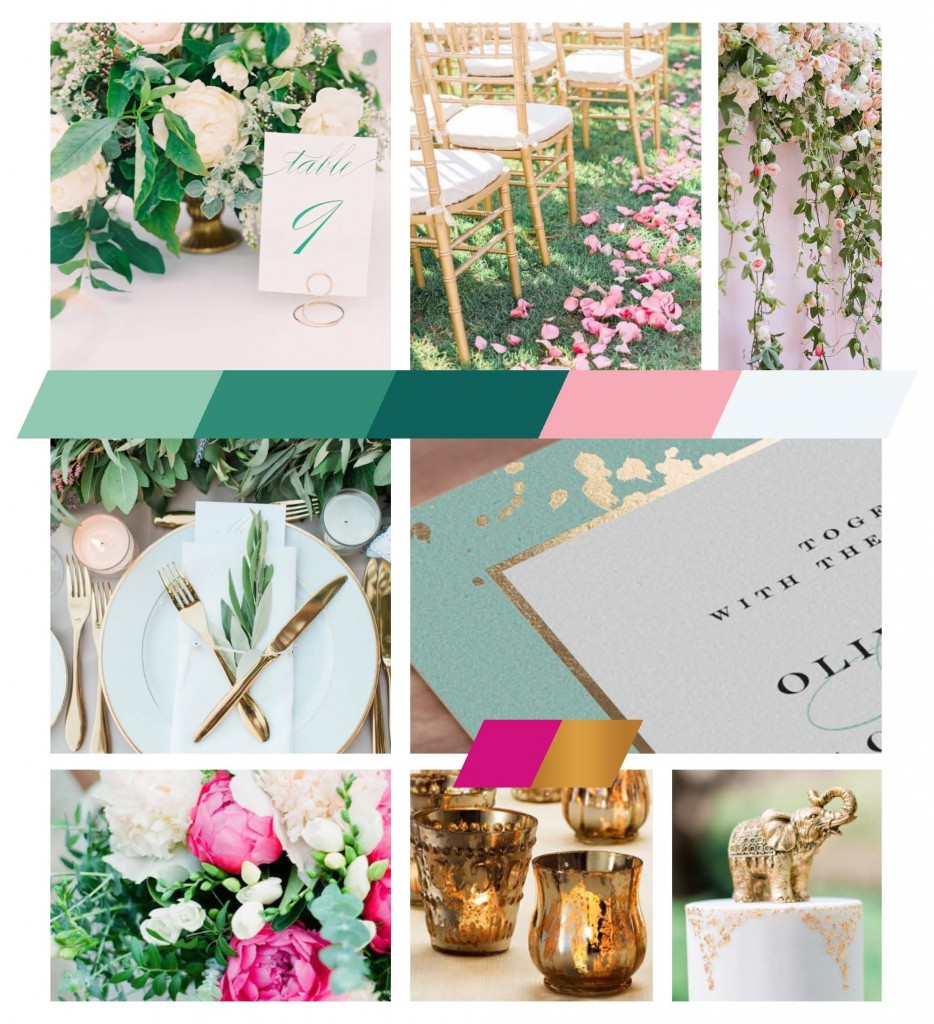Arguably the most prominent element of design is color. It’s what most design clients want help with—whether it’s choosing a main color, or making sure secondary colors work together with the main color to create a mood or feeling.
With so many colors it can be hard to know where to start when trying to decide on a color scheme. Here are a few of the questions I would ask at a design consultation to help narrow down colors:
What kind of mood do you want to set at your wedding? Casual, glamorous, playful, fun?
Have you already chosen our venue? What does it look like, and what colors are already there?
What colors are you most drawn to?
What colors are you least drawn to?
What season is your wedding taking place?
What colors are brought about in your mind after answering these questions? Color is a very personal and unique experience—no color combination is inherently wrong. Of course, some colors clash when used together, and some are displeasing to the eye, but it’s ALL personal preference. So don’t overthink it!
There are many, many ways to mix and match colors. Without going too far into the nitty gritty details of color theory, let’s focus on these three attributes of color: hue, tints, and shades.
Hue: The main property of color. How we describe colors. Ie. red, orange, yellow, green, blue, purple, etc.
Tint: White is mixed with a hue.
Shade: Black is mixed with a hue.
Knowing this basic terminology will help you better communicate your color preference with your vendors. Which brings us to....
Why being specific about your color preference is important.
When talking with your vendors, it’s critical to be specific about the colors you want in your wedding. Just saying you want green and pink incorporated can mean different things to different vendors. Emerald green or spring green? Magenta or dusty pink? The more adjectives you use to describe your colors the better your vendors will be able to narrow down exactly what color you mean. Then, on your wedding day you won’t be surprised by a color you didn’t want included.
Remember, don’t overthink your color choices. If you like the combination, go for it and be specific when communicating it.
Happy color picking!
